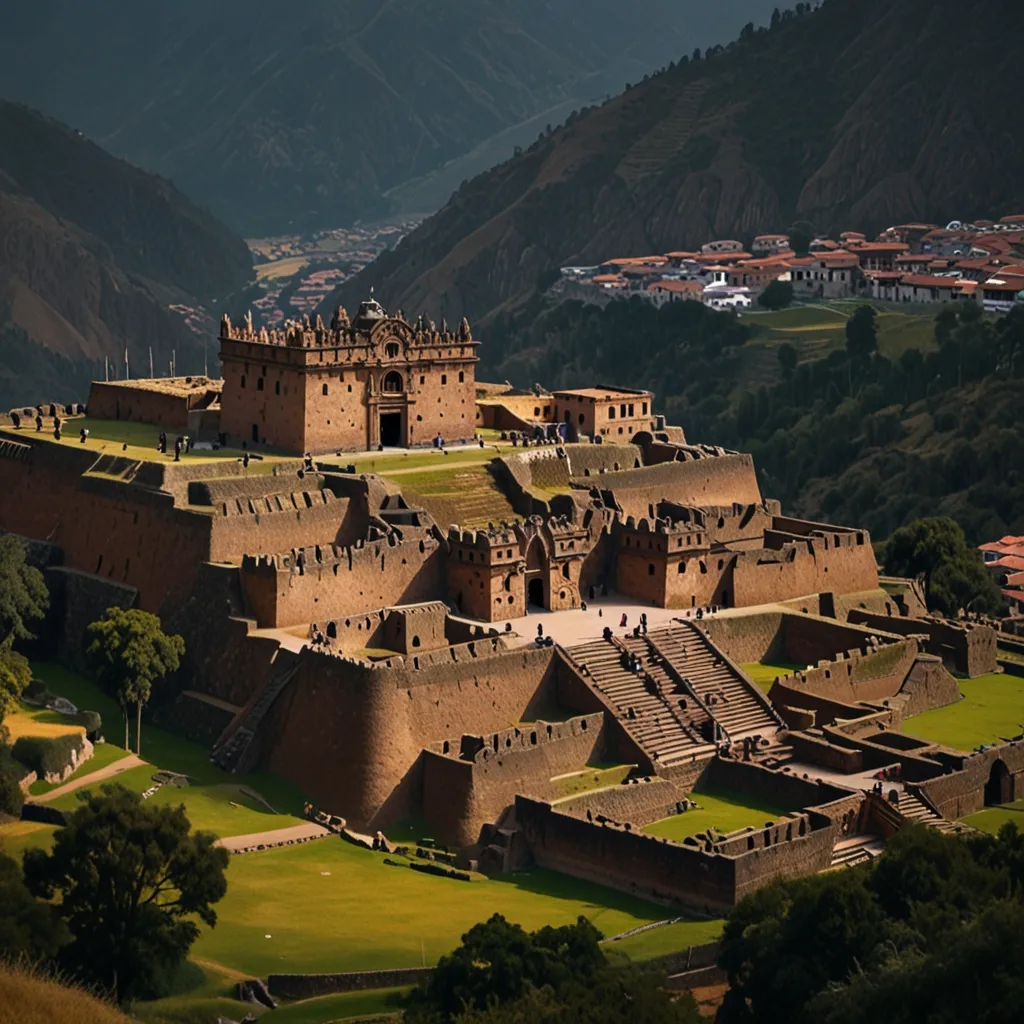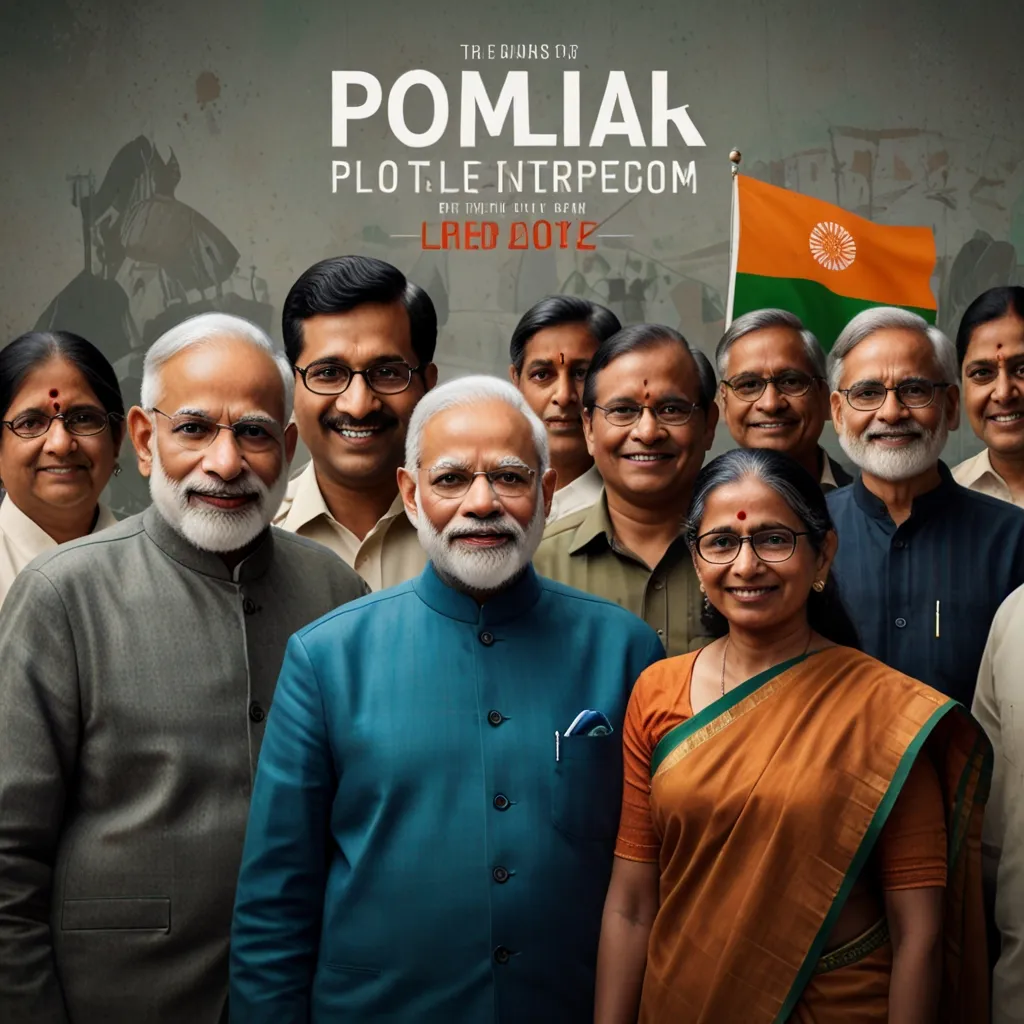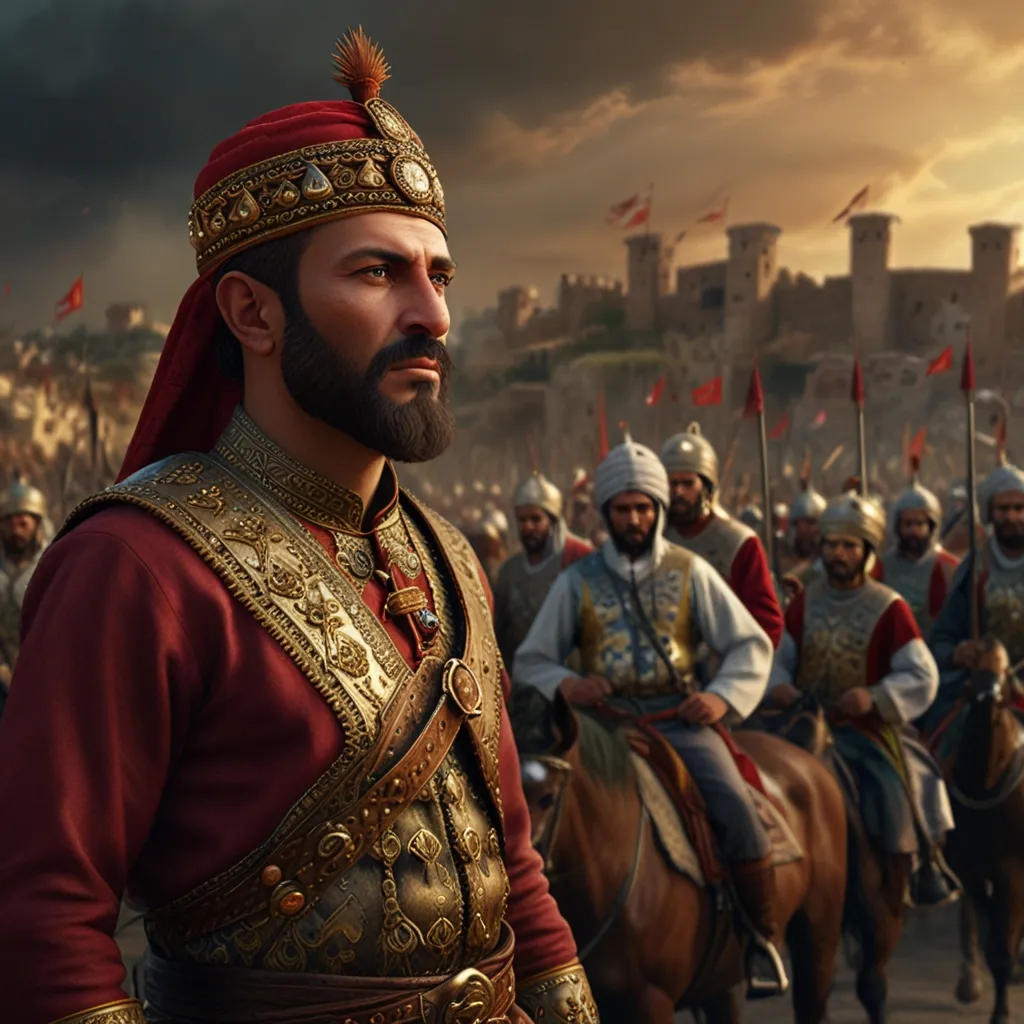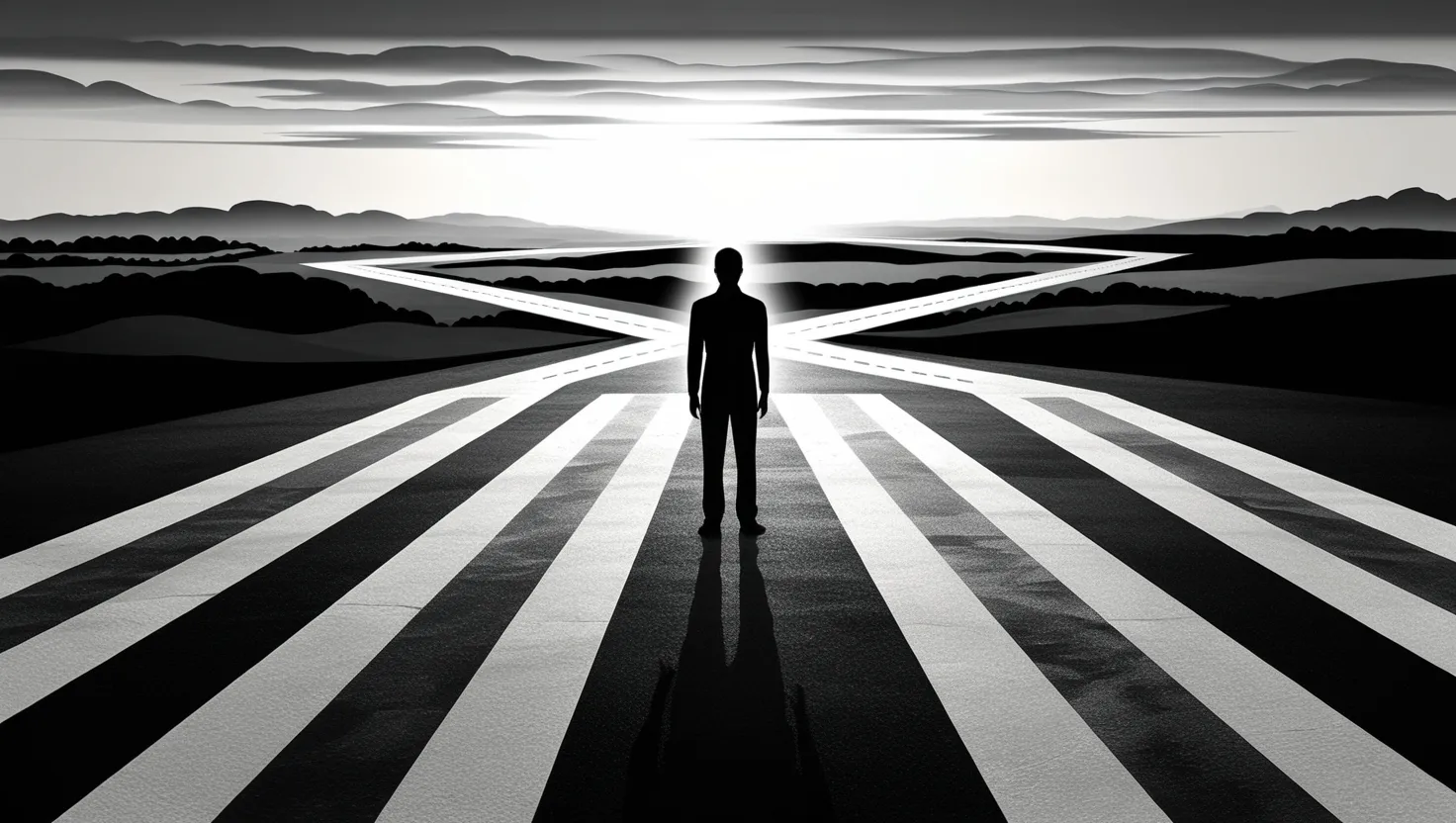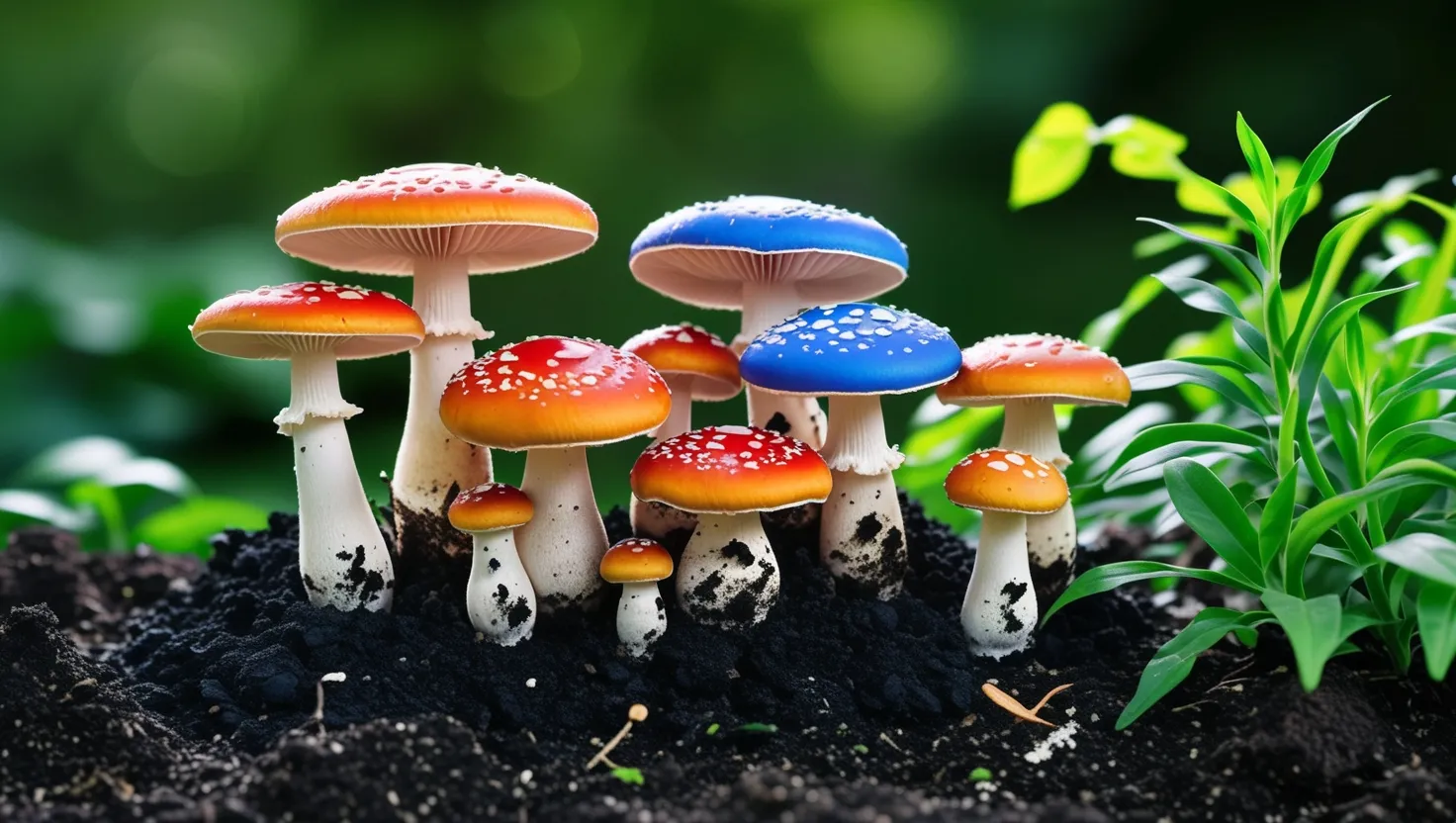The capital city of the Inca Empire was Cuzco, located in what is now southern Peru. This city was the heart of the empire, serving as the political, religious, and administrative center. The name “Cuzco” comes from the Quechua word qosqo, which means “dried-up lake bed” or perhaps refers to a particular stone marker in the city.
Cuzco was founded by Manco Capac, the first Inca ruler, around the 12th century. Over time, it grew into a bustling metropolis with a population of up to 150,000 people at its peak. The city was meticulously planned, with its layout resembling a puma, a sacred animal to the Incas. The imperial metropolis of Pumachupan formed the tail, while the temple complex of Sacsayhuaman formed the head.
The city was dominated by the Coricancha complex, also known as the Temple of the Sun. This magnificent structure was lined with gold and emeralds, showcasing the wealth and grandeur of the Inca Empire. The temples built in honor of Inti, the sun god, and Mama Kilya, the moon goddess, were particularly splendid. The temple dedicated to Inti was lined with 700 sheets of beaten gold, each weighing 2 kg, while the temple dedicated to Mama Kilya was lined with silver.
Cuzco was not just a religious center but also a hub of political and military power. The Inca rulers, known as the orejones or ‘big ears’ due to their large earspools, held significant power and influence. The city was home to the supreme Inca ruler, who governed the empire through a complex administrative system. Local administrators reported to regional governors, who in turn reported to the central government in Cuzco.
The Inca Empire was known for its impressive infrastructure, including a vast network of roads that stretched across the empire. This road system, known as the Qhapaq Ñan, was crucial for communication, trade, and military movements. The roads were built with precision, featuring tunnels, bridges, and storehouses to support travelers. The relay system of runners, known as chasqui, could carry messages up to 150 miles a day, ensuring efficient communication across the vast empire.
The economy of the Inca Empire was based on agriculture and reciprocity. There was no currency, so taxes were paid in kind, including foodstuffs, textiles, and labor. The mit’a system required people to work for the state for a certain period each year. This labor was used for various projects, including the construction of roads, terracing, and irrigation systems.
The Inca people were skilled farmers, growing crops like potatoes, corn, and beans. They also raised animals such as llamas, alpacas, and guinea pigs. Their agricultural innovations, including terracing and irrigation, allowed them to thrive in the challenging Andean environment.
Despite its grandeur, the Inca Empire faced significant challenges, including rebellions and diseases brought by European explorers. The Spanish conquest in 1532 marked the end of the Inca Empire, but the legacy of Cuzco and the Inca civilization continues to inspire wonder and awe today. The city remains a testament to the ingenuity and cultural richness of the Inca people, attracting visitors from around the world who marvel at its architecture and history.
